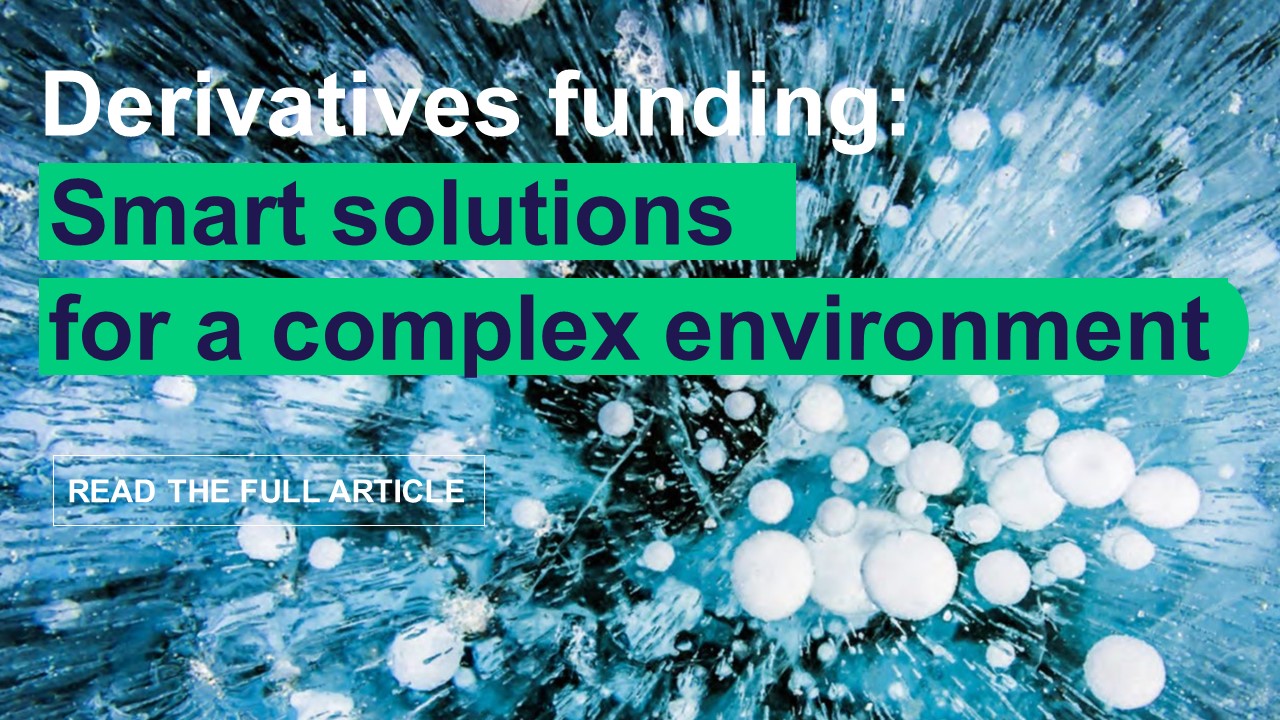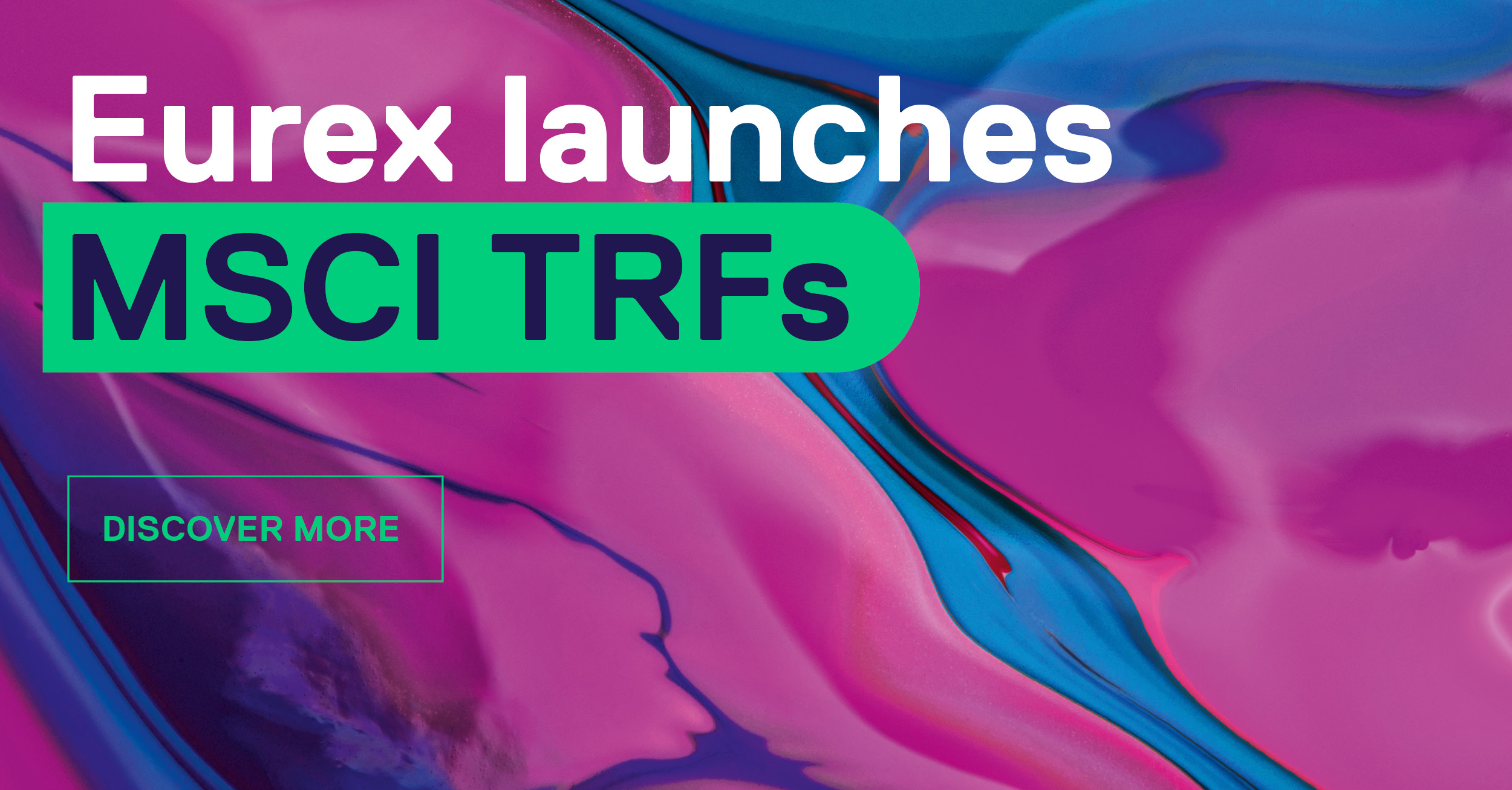Sascha, Eurex has just recently published a “Digital Asset Trading 2021 Report”. Who was involved and what is it all about?
We have sent out a questionnaire to more than 4000 participants from the sell side and the buy side active in derivatives markets to find out about their general perception of digital assets and digital product offerings. Based on this survey, the Digital Asset Trading 2021 report analyzes the adoption of digital asset trading by institutional investors, their approach to digital assets, and the main barriers to faster and deeper crypto involvement.
What is the current general attitude towards digital product offerings among institutional investors?
There is clearly a strong trend among investors towards crypto currencies. Sell side clients report that they started trading crypto currencies and derivatives on unregulated venues at an earlier stage. Most of those already active are professional trading houses. Sell side banks and traditional asset managers, on the other hand, are among those clients that are interested yet face barriers to entry.
At traditional financial institutions, the picture is completely different. The majority of those responding to our survey agree that cryptocurrency is an asset class of its own and should be part of a diversified portfolio. Almost 40 per cent of buy side institutions stated they are interested in becoming active and plan to invest in digital assets within the next twelve months. However, the responses to our report also show that this is still at an early stage, since only a minority of respondents are already active.
What are the barriers against getting more involved with crypto?
The report shows that it is mainly regulatory and custody concerns. 67 per cent saw the lack of custody solutions for digital assets and the security of third-party crypto custodial services as a major problem. And 77 per cent of the surveyed institutions see the lack of clarity around the regulatory environment as the main barrier to crypto adoption.
And why do you think the new Eurex Bitcoin ETN Futures could change that?
Simply put, because they address most of the mentioned major concerns around crypto, e.g. the lack of regulatory certainty and trusted custody solutions.
Eurex Bitcoin ETN Futures provide the first regulated European market in Bitcoin-related derivatives, providing the advantages of Bitcoin in the safety of a future. Bitcoin performance can be traded like any other Eurex product with all the renowned features of Eurex's trusted trading, clearing, and settlement infrastructure. With none of the additional operational burdens typically imposed by cryptocurrency.
Our new product addresses the main concerns of the buy side. It is fully backed by Bitcoin, so the ETN is a paper claim into a certain amount of Bitcoin. It is secure; the underlying securities are in custody with Clearstream Banking. The Bitcoin that backs the security are managed by BitGo, a professional institutional crypto custodian. With BitGo, there are multiple safeguards protecting against hacking, loss, or damage.
There is complete regulatory clarity. The underlying ETN and the future are regulated instruments traded on a regulated market. Therefore, customers do not need to leave the regulated infrastructure of a European financial institution.
One could say, we are using our relationships with trading companies to offer products that reflect the markets in crypto. Professional trading houses act as bridges between traditional financial markets and crypto currency trading venues. They are active on both markets and trade the traditional instruments that we provide versus the crypto currencies that traditional institutions don’t yet have access to.


